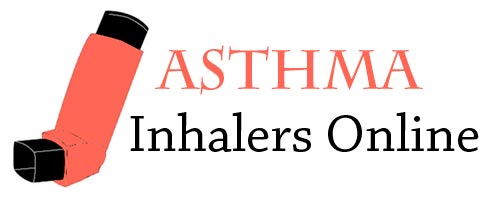Beta Adrenergic Agonists: Subsensitivity
Subsensitivity or tolerance is a diminished responsiveness which develops in many physiologic systems when receptors are repeatedly exposed to increased levels of their agonist either natural or administered. With chronic administration, subsensitivity develops to the beta adrenergic agonists and results in a reduced bronchodilator response. Ibis occurs over a period of one to two weeks and requires a similar period of time to reverse after the beta adrenergic drug has been discontinued. In vitro studies











